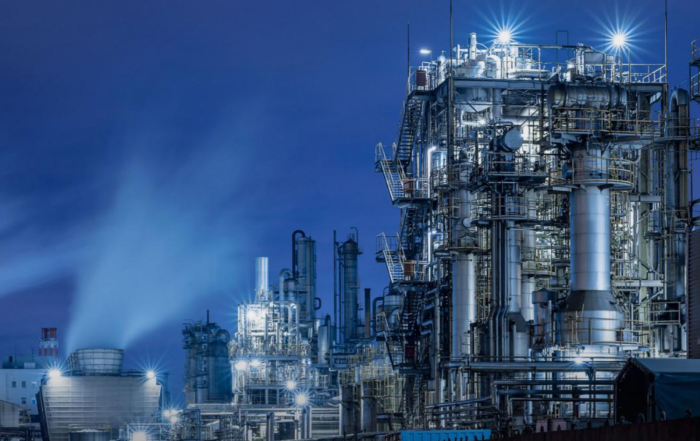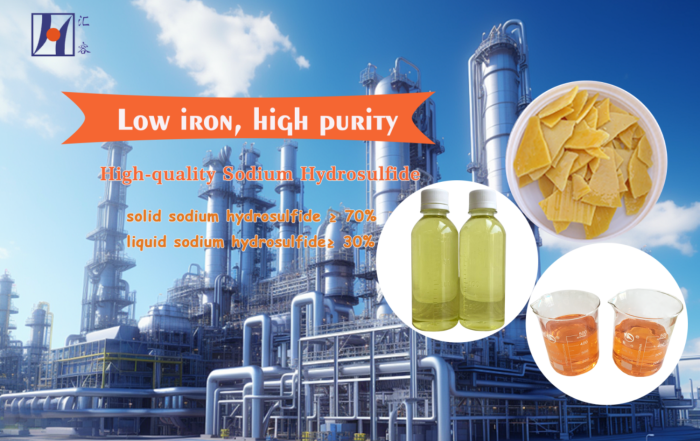Technical Background
In the past 20 years, with the rapid development of science and technology and economic construction, the demand for mineral resources has been increasing day by day, and there are fewer and fewer single rich ores that are easy to mine and select. The mining output of refractory composite ores with fine particle size and low grade is increasing, and the requirements for product variety and quality are becoming higher and higher. In order to meet the demand of various sectors of the national economy for mineral products, there is an urgent need to develop new beneficiation methods with high sorting efficiency, good economic benefits, and environmental governance benefits.
Technical Method
The acidic water generated during the mining process first flows from the high-level water storage tank into the first iron removal reaction tank, where lime is added. The precipitation of trivalent iron ions and calcium sulfate in acidic water results in the removal of most of the trivalent iron ions. The chemical equation for this reaction is Ca2 *+SO4-=CaSO4, and Fe *+2OH=Fe (OH); The reaction solution flows from the first iron removal reaction tank into the second iron removal reaction tank, where lime is further added; The reaction solution thoroughly mixed with lime slurry flows into the first degassing tank, where a flocculant is added; The raw water mixed thoroughly with stone mortar and flocculant flows into the iron removal thickening tank.
Acidic water containing a small amount of trivalent iron ions enters the metal sulfide reactor through the peripheral weir plate of the thickening tank by gravity flow; In the metal sulfide reactor, acidic water is thoroughly mixed with metal sulfide sediment and sodium hydrosulfide to generate metal sulfide particles, which are valuable metals; The mixed solution containing metal sulfide concentrate flows by gravity into the second degassing tank attached to the metal sulfide reactor. A flocculant is added to the second degassing tank to promote the coagulation of metal sulfide particles in the reaction solution into large particles; Then it enters the metal sulfide thickening tank, and the concentrated metal sulfide sediment settles to the bottom of the metal sulfide thickening tank. The sludge is scraped to the center of the bottom of the metal sulfide thickening tank by a scraper, and a part of the sediment is continuously circulated back to the iron removal reaction tank by a reflux pump from the bottom of the thickening tank. The remaining sediment is transported by a conveying pump to the waste rock yard for storage;
The circulating pump continuously circulates a portion of the sediment from the bottom of the metal sulfide thickening tank back to the metal sulfide reactor; The other part of the bottom slag is pumped by a circulating pump to the plate and frame filter press for concentration into metal sulfide concentrate.
In the above steps, due to the fact that various ions have a certain potential, positively charged ions are oxidizing and have a positive potential, while negatively charged ions are reducing and have a negative potential. The present invention utilizes the control of oxidation-reduction potential to regulate the amount of drug added. In a normal and stable production process, the ORP (oxidation-reduction potential) value is pre-set. The fluctuation value of ORP is collected by PLC from the on-site data, and the ORP fluctuation value is used to control the frequency converter of the sodium sulfide (hydrogen) addition pump, thereby controlling the amount of sodium sulfide (hydrogen) added, achieving maximum resource recovery without wasting materials, preventing hydrogen sulfide from overflowing, and avoiding environmental pollution.
Due to the different settling points of metal hydroxides (such as iron hydroxide settling from pH 2.6, all settling from pH 3.8, and copper hydroxide settling from pH 3.5), in order to prevent trivalent iron from participating in the sodium hydrosulfide reaction and reduce the consumption of sodium hydrosulfide, it is necessary to remove it from acidic water to reduce production costs. The present invention is equipped with a pH meter that pre-set the pH value. If the pH value is higher than the set value, the pH meter closes the pneumatic valve on the lime pipeline through a relay, and lime is not added; If the pH value is lower than the set value, the pH meter opens the pneumatic valve on the lime pipeline through the relay, and lime begins to be added. This cycle stabilizes the pH value.
This technology directly recovers valuable metals from acidic mine wastewater, which is about half the cost of traditional beneficiation processes. The grade of recovered valuable metal sulfides is nearly twice that of traditional beneficiation processes, with high recovery rates and significant economic benefits. The recycled wastewater contains fewer heavy metal ions, has lower treatment costs, and has good environmental benefits.




